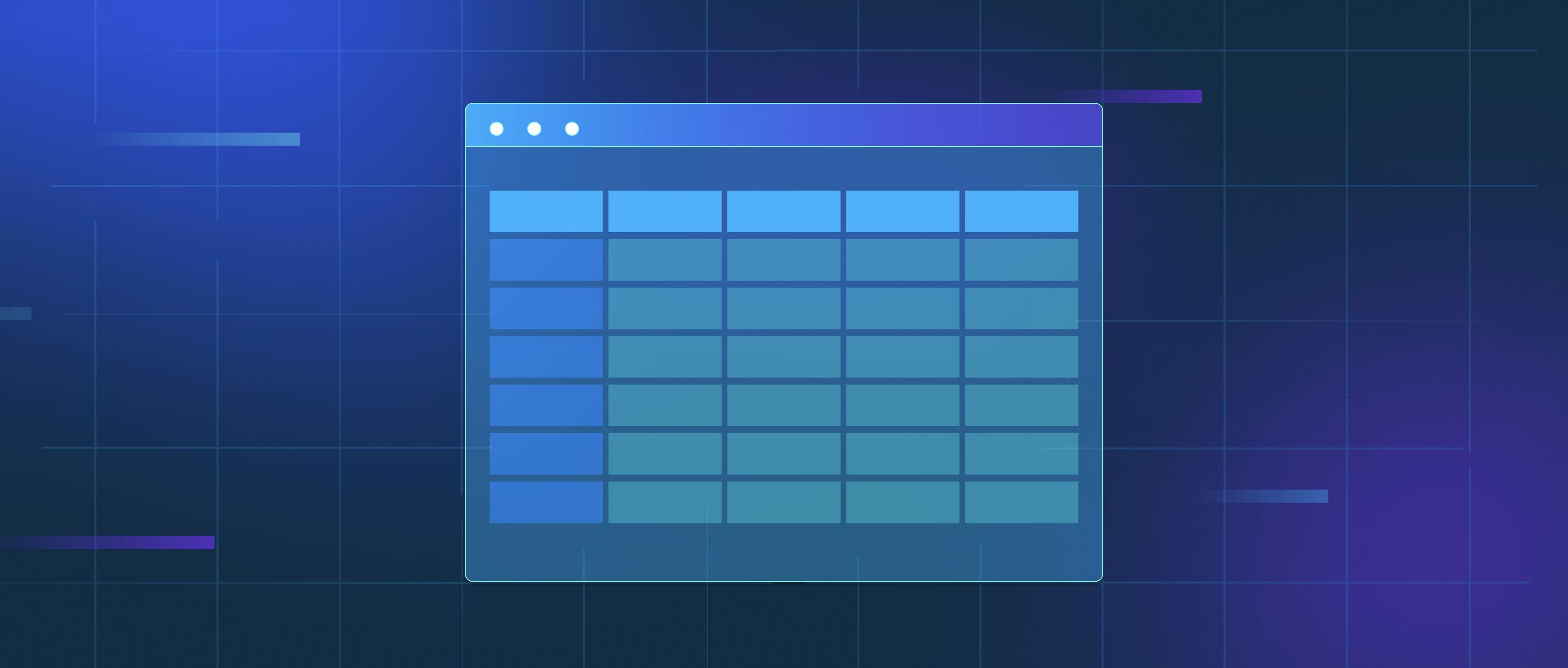Identifying the optimal lag involves analyzing how past values influence the current data. The autocorrelation function (ACF) and partial autocorrelation function (PACF) plots are common tools for this purpose. ACF shows correlations for different lags, while PACF isolates the impact of each lag. Significant spikes in these plots indicate potential lags to include in your model. Statistical techniques such as the Akaike Information Criterion (AIC) or Bayesian Information Criterion (BIC) can further refine lag selection. By comparing models with different lag structures, you can choose the one with the lowest AIC or BIC value, indicating a good balance between complexity and performance. Cross-validation is another useful approach. Divide your dataset into training and testing subsets, fit models with varying lags, and evaluate their performance using metrics like mean squared error (MSE). Modern libraries like statsmodels or pmdarima offer functions to automate lag selection and testing, making this process more efficient.
How do you identify the optimal lag for a time series model?

- Retrieval Augmented Generation (RAG) 101
- Vector Database 101: Everything You Need to Know
- AI & Machine Learning
- Natural Language Processing (NLP) Basics
- Natural Language Processing (NLP) Advanced Guide
- All learn series →
Recommended AI Learn Series
VectorDB for GenAI Apps
Zilliz Cloud is a managed vector database perfect for building GenAI applications.
Try Zilliz Cloud for FreeKeep Reading
What limitations or costs apply when using Marble ai commercially?
Commercial use of Marble ai typically depends on the subscription tier or usage plan selected. Free or lower-tier plans
What are common SQL functions for string manipulation?
SQL provides a variety of functions specifically designed for string manipulation, making it easy to handle and transfor
How does user feedback improve search?
User feedback significantly improves search functionality by providing insights into how effectively a search system mee